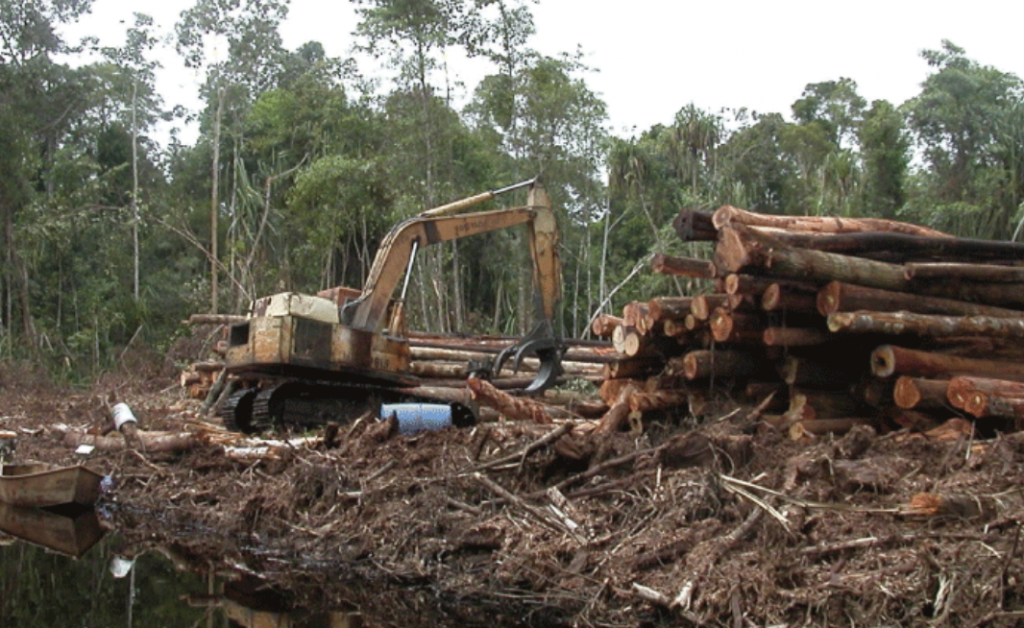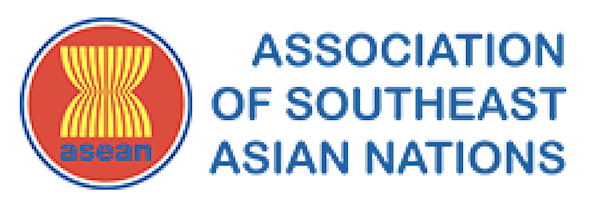Background
Peatlands in Malaysia are the most widespread type of wetlands, occurring in more than six of the 13 states and covering an area of about 2.13 million (approximately 6.46% of the total land area). Peatlands possess a very delicate and unique ecosystem with important ecological functions and values. They are recognised as environmentally sensitive areas (ESA)in the National Physical Plan (NPP). The uses and values of peatlands in Malaysia can be categorised into those that pertain to socio-economics (eg. forestry, agriculture, infrastructure, community livelihood, etc) and those that pertain to protective or conservational purposes (eg. forest, flood mitigation, water supply and as carbon stores). However, threats to peatlands and their values are of great concern due to problems faced as a result of current management practices. One of the main problems faced in peatlands here is the issue of peatland fires, which has contributed to the annually recurring episodes of transboundary haze pollution in the SE Asian region.

Peatlands in Malaysia are the most widespread type of wetlands, occurring in more than six of the 13 states and covering an area of about 2.13 million (approximately 6.46% of the total land area). Peatlands possess a very delicate and unique ecosystem with important ecological functions and values. They are recognised as environmentally sensitive areas (ESA)in the National Physical Plan (NPP). The uses and values of peatlands in Malaysia can be categorised into those that pertain to socio-economics (eg. forestry, agriculture, infrastructure, community livelihood, etc) and those that pertain to protective or conservational purposes (eg. forest, flood mitigation, water supply and as carbon stores). However, threats to peatlands and their values are of great concern due to problems faced as a result of current management practices. One of the main problems faced in peatlands here is the issue of peatland fires, which has contributed to the annually recurring episodes of transboundary haze pollution in the SE Asian region.
Distribution and Status of Peatlands in Malaysia
Peatlands are mostly found in the states of Selangor, Johor, Perak, Pahang, Sabah and Sarawak. The largest area of peat is found in Sarawak, which is more than 1 million ha (refer to Figure 1). Approximately 50% of the total peatland area in Malaysia is designated as permanent reserves. The remaining areas have been converted for other uses whilst some are still designated as state forests land (refer to Table 1).

Figure 1: Distribution of peat forest in Malaysia
In addition to acting as repositories for unique and important biodiversity, peatlands in Southeast Asia is of global importance because of its ability to store an estimated 120 billion tonnes of carbon or approximately 5% of the world’s terrestrial carbon. The peatlands found in Malaysia significantly contribute to the global carbon store in this region, after Indonesia. Peatlands also play a critical role in the socio-economic well-being of the country, particularly for their ecological and hydrological value, their timber and non-timber forest products, water supply, flood control and many other social, environmental and economic benefits.
Table 1. State forest land distribution in Malaysia

Threats related to Peatlands in Malaysia

Photo credit: David Lee/GEC
Management Issues, Threats & Root Causes of Peatland Degradation
Increasing pressures for land development (e.g. agriculture, infrastructure) have affected peatlands in Malaysia over the past 20 years. A number of these threats directly stem from or are associated to land conversion, especially for agricultural practices, that have been managed in an unsustainable manner. These threaten the integrity of peat ecosystems and have resulted in significant loss of ecological support services eg. flood mitigation, prevention of saline water intrusion, sediment and toxic removal, groundwater recharge, micro-climate regulation etc. Many agricultural and plantation projects for oil palm, pulpwood, rice and various other crops on peatlands have failed due to unsuitable conditions and the application of inappropriate methods. In these last two decades, more than 1 million ha of peatlands in Malaysia has been converted for agricultural purposes. These land conversions have direct negative physical impacts on peatland ecosystems and its associated biodiversity. These impacts also have associated effects on remaining peatlands due to drainage, such as peat subsidence, fire and loss of vital ecological services.
a) Issues in the Harvesting of Timber
Peat soils are generally marginal to poor for agriculture, particularly those exceeding 2m in depth. Poor or unsustainable practices and the abandonment of agricultural projects leave the degraded peatlands vulnerable and susceptible to more negative impacts and threats, leading to further peatland degradation.
The uncontrolled rate of timber-harvesting constitutes a major threat to peatlands, especially when tracked excavators were introduced for the canal extraction system (i.e. large canals were constructed to drain water from peat swamp forests to facilitate easier access for heavy vehicles and for the extraction of timber). This system was recognised to be damaging to peatlands as it induced over-drainage and lowered the natural high water table when the area was abandoned, which led to subsidence, soil compaction and fire susceptibility. While this system has now been replaced in some sites with a more environment-friendly system (the kuda-kuda system), the effects from the previous system are continuing to negatively affect the existing peatlands.
b) Water Management Issues
One of the prominent characteristics of peatlands is its high water table. This naturally-occurring high water table is an important factor in their formation and for sustaining their stability. Over-drainage of peatlands can have detrimental effects to the ecosystem. The threats of over-drainage stem from forestry and agricultural practices in peatlands. Agricultural and forestry practices generally attribute to poor water management practices in peatlands, which significantly lower the water table leading to the drying and breaking-down of peat soils (i.e. peat subsidence). This in turn will affect the floral and faunal biodiversity. In severe cases of over-drainage, subsidence of up to 5m have been recorded over a period 20 years and such negative impacts could also be further enhanced during the dry season or droughts.
c) Peatland Fires and the Associated Haze Pollution
Peatland fires in the country and in the SE Asian region have had one common phenomenon in the past 20 years. They are often associated with periodic drought occurrences and closely-linked with forest clearance and drainage activities by the forestry and agricultural sectors. The El Niño cycles also play a significant role in peatland fire incidents. Detrimental impacts associated with peatland fire incidences are the negative effects on the socio-economy of local communities who are dependent on peatland resources, environmental pollution and the significant decrease or loss of important floral and faunal populations.
d) Inadequate Policies and Weak Institutional Framework
Currently, there is a lack of specific policies and guidelines related to sustainable peatland management in Malaysia. Existing policies and guidelines do not provide proper peatland management guideline, which further contributes to the unsustainable use and degradation of peatlands and their resources.
e) Inadequate Information on Peatland Management
There is currently inadequate information on sustainable peatland management due to a poor understanding of peatland ecosystems. It is also difficult to access existing information from the respective government agencies, departments and ministries which relate to peatlands and their resources.
Activities & Progress
- July 2014
» Click to download final draft of the revised IMP for NSPSF.
- June 2014
24th June 2014: A Stakeholders’ Meeting was held in Grand Blue Wave Hotel, Shah Alam to present and discuss the drafted Review of the Integrated Management Plan (IMP) for North Selangor Peat Swamp Forests (NSPSF).
23rd June 2014: SEMINAR PENUTUP ASEAN PEATLAND FORESTS PROJECT: OUTPUT PERKONGSIAN PINTAR ANTARA AGENSI (APFP CLOSING SEMINAR: INTER-AGENCY SMART SHARING OUTPUTS)
- April 2014
Progress as reported in 4th SEApeat Project Coordination Meeting, Malaysia, April 2014
- March 2013
Forest Day celebrations in Pekan, Pahang. Members of the Friends of Peatland Forests from Kuala Selangor attended this event. They showcased their efforts to protect peatlands in the North Selangor Peat Swamp Forests and displayed the winning photos from the ASEAN Peatlands Photo Contest which ran from June to December 2012. Click here to view the photos.







